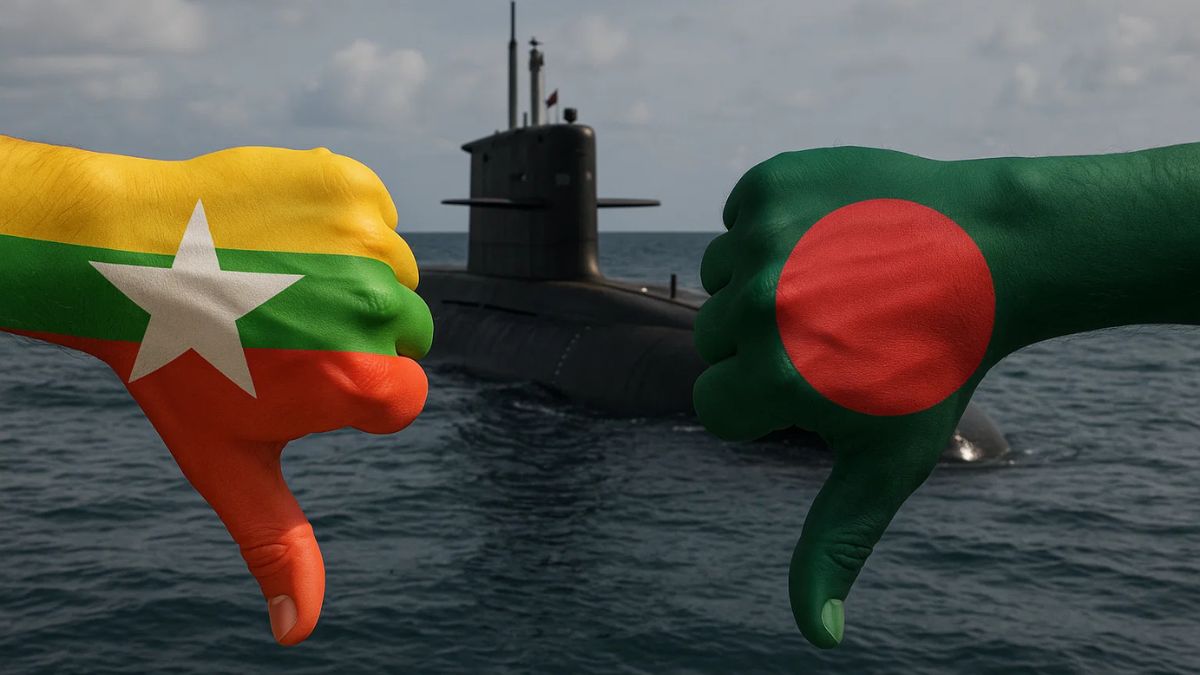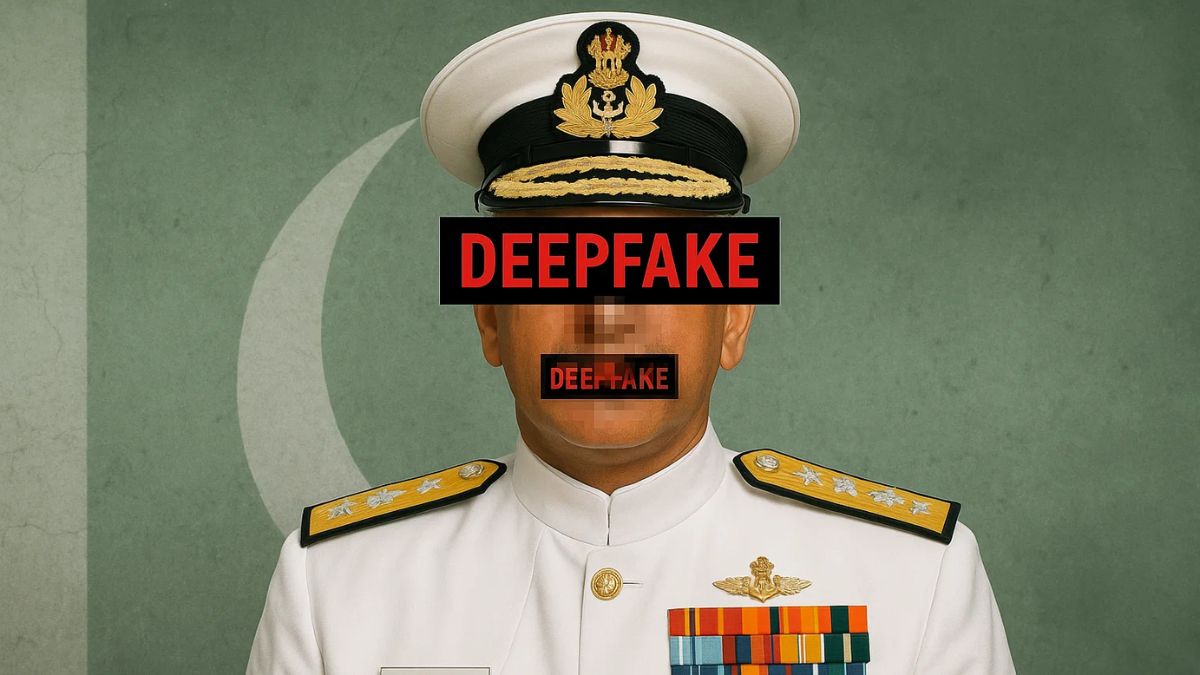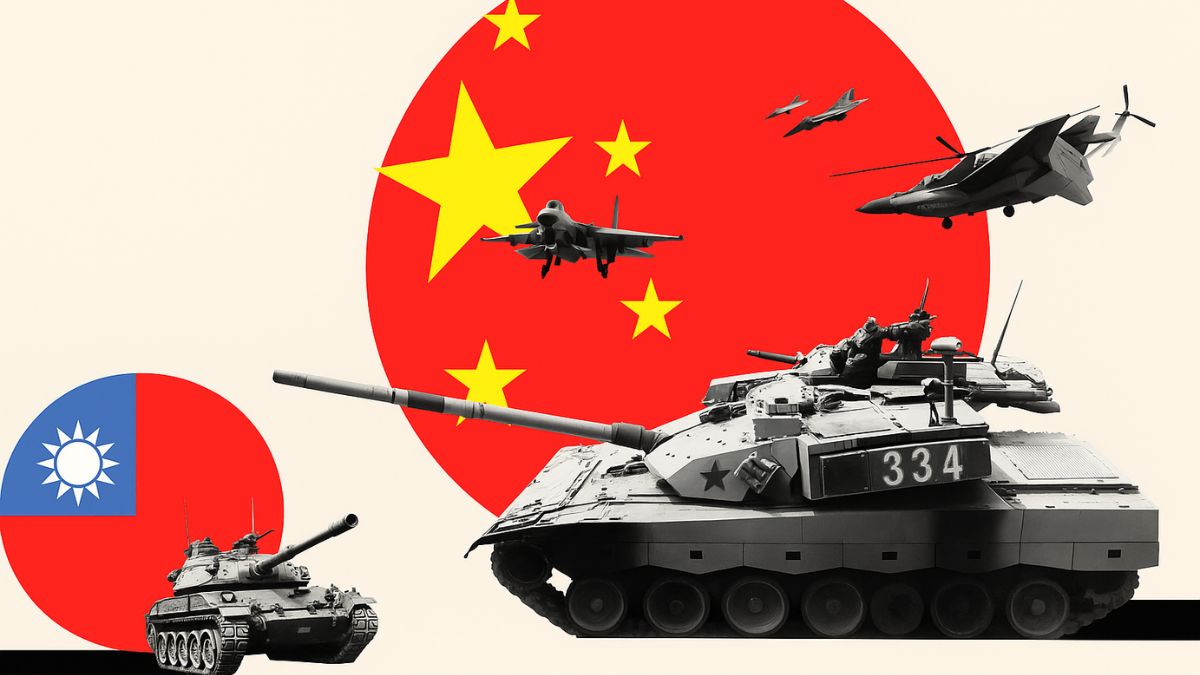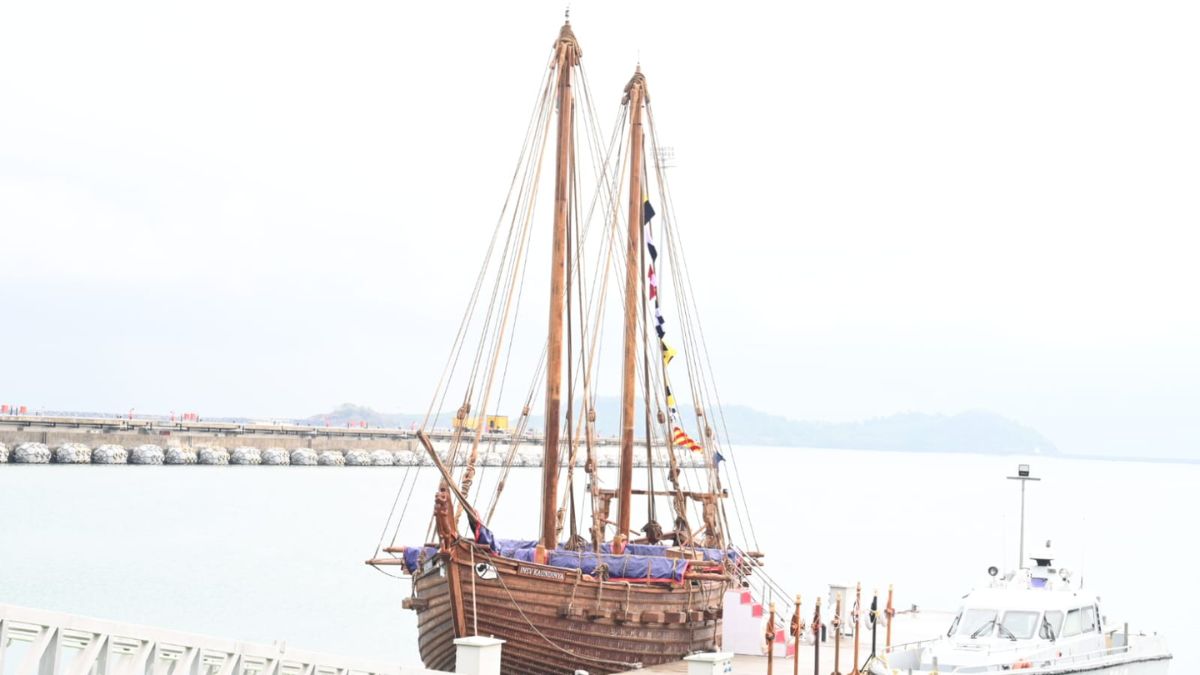Why Are Buyers Losing Faith In China’s Naval Exports?

Bangladesh and Myanmar's experience with Chinese submarine imports have been cautionary tales that Pakistan has not heeded to. Image courtesy: AI-generated image via DALL-E
China once positioned itself as an affordable alternative to Western and Russian arms suppliers. Yet many of its biggest customers now face mounting problems with quality and reliability.
Defence partners from South Asia to Africa have cut back on purchases, while data from the Stockholm International Peace Research Institute shows Beijing’s share of the global market slipping.
With Pakistan, Bangladesh, and Myanmar still heavily reliant on Chinese platforms, questions are growing about the risks of long-term dependence.
Who buys Chinese weapons and why?
Over 80% of China’s defence exports go to Asia, and nearly two-thirds of that total is accounted for by just three countries: Pakistan, Bangladesh, and Myanmar. Africa absorbs around 17% of sales, while Latin America and Central America take only a small share.
Price has long been the key attraction. Chinese platforms undercut not only Western systems but often Russian ones as well. For governments facing budget pressures, the low entry cost made Beijing an appealing supplier. But as customers have discovered, the cheaper price tag is often offset by long-term costs for repairs, spare parts, and upgrades.
What problems have surfaced in Bangladesh and Myanmar?
Bangladesh bought two Chinese Ming-class submarines in 2017, but both BNS Nobojatra and BNS Joyjatra are now reportedly idle due to persistent technical faults.
The navy has also reported malfunctions in missile systems fitted on Chinese-built warships, while older aircraft and tanks have suffered reliability issues. Frustrated, Dhaka has already replaced dozens of Chinese-made rocket launchers with Turkish equipment.
Myanmar has also faced setbacks. Chinese submarines exported to the country encountered problems with their diesel engines, which rely on German licences that Beijing cannot freely re-export. Its fleet of JF-17 fighters — jointly developed with Pakistan but heavily dependent on Chinese components — has been grounded at times due to technical malfunctions.
Why does Pakistan’s dependence stand out?
Pakistan is more reliant on Chinese hardware than any other country, with over 80% of its arsenal sourced from Beijing. That dependence was exposed during Operation Sindoor earlier this year, when Chinese air defence systems and missiles reportedly underperformed against Indian forces.
Failures ranged from missed interceptions of aircraft to malfunctions in air-to-air missiles.
Islamabad is now pinning hopes on the Hangor-class submarine programme, with four boats under construction in China. But analysts warn that if these vessels face the same sustainment issues as Bangladesh’s Ming-class fleet, they could spend long stretches tied up in port.
Without reliable access to spare parts and robust training pipelines, the submarines risk becoming symbols of dependence rather than deterrence.
What are the wider concerns with Chinese defence exports?
Critics argue that China’s defence industry still lacks the ability to produce truly sophisticated, combat-proven systems. Many designs are derived from reverse-engineered Western technology, and few have been tested in high-intensity operations.
For buyers, the long-term burden is not only financial but operational. Equipment that spends extended periods out of service reduces readiness and erodes trust. Complaints about hidden costs and lack of transparency in contracts are common.
Beijing may still find customers willing to take the risk in exchange for lower upfront costs. But the mounting difficulties in Bangladesh, Myanmar, and Pakistan suggest that China’s push to rival established exporters is colliding with doubts about quality, sustainment, and accountability.







